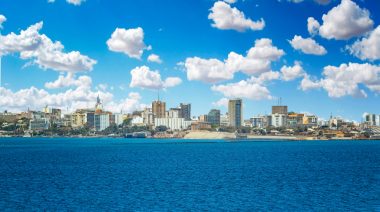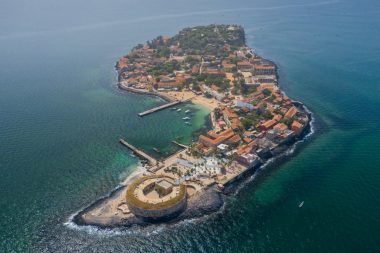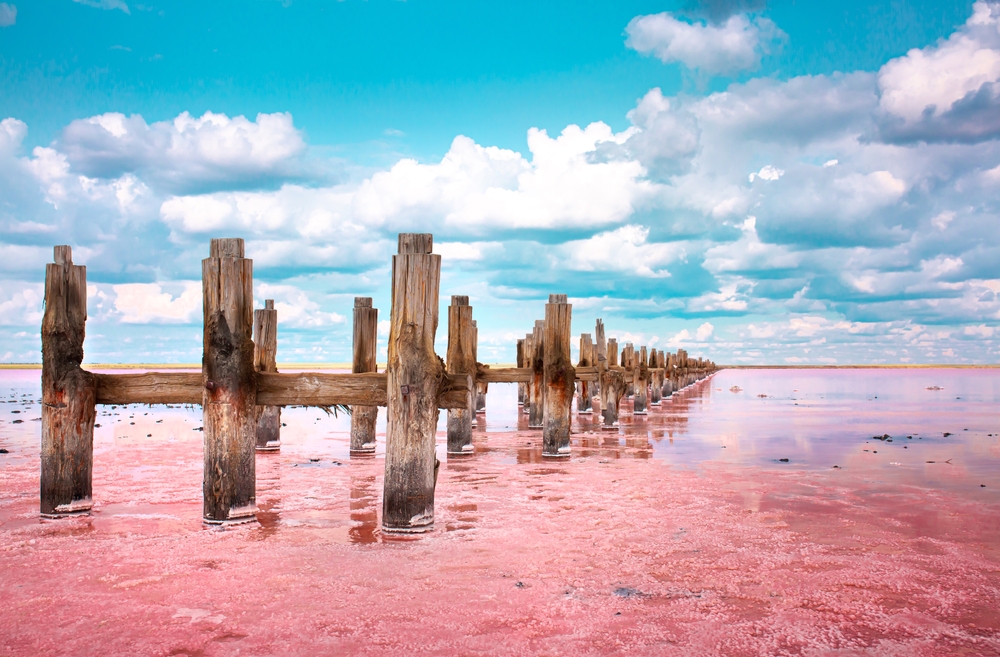Between the legacy of the slave trade and breathtaking nature
The Republic of Senegal is located in West Africa and is still relatively undeveloped as a travel destination. However, travelers who want to visit the French-speaking country, which has a population of about 16.5 million, do not need to have security concerns: The Republic of Senegal is considered safe for tourists. The African country, which is only about nine hours away from Germany by plane, attracts not only dream beaches but also with contrasting landscapes. There are both desert sections and fertile plains, for example in the Delta du Saloum National Park.
The capital Dakar is an absolute experience and due to the small time difference of only one hour, the Republic of Senegal is also suitable for a short vacation. The visa required for entry is issued directly upon entry at the airport – however, a passport is required for entry that is valid for at least six months. The national dish of the Senegalese is called Thiéboudienne, and you should definitely try it once. Thiéboudienne is a fish dish served with spiced rice, carrots and tomatoes. If you don’t like fish, choose the meat variant and order a similar dish called Ceebu Yapp instead of Thiéboudienne. Both dishes are often supplemented by other freshly prepared vegetables.
The best time to visit and practical tips
If you want to travel to the Republic of Senegal, you should be able to withstand a little warmth, because it is actually summery there all year round. However, it is recommended to arrive in the months of October to July, because this way you avoid the rainy season in Senegal. The temperatures will then be between 25 and 32 degrees with ten to twelve hours of sunshine per day. Before travelling, you should find out about the recommended vaccinations for West Africa. Malaria and hepatitis A are considered widespread in the Republic of Senegal. So it is better to protect yourself by getting vaccinated. This also applies to rabies and typhoid fever. Furthermore, more than 90 percent of the population of the Republic of Senegal is Muslim, which is why one should familiarize oneself with the corresponding code of conduct. From a European perspective, the population of the Republic of Senegal is largely poor. Some things, such as public transport tickets, are therefore incredibly cheap for Europeans. However, accommodation of a certain standard does not have a price that is quite as affordable. In any case, cash, euros or US dollars must be taken with you, which can be exchanged on site. A fixed exchange rate applies to the euro in all exchange offices and banks. Credit cards are only accepted in a few places, mostly in the capital Dakar.
The capital Dakar and the history of the slave trade

Dakar is the capital of the Republic of Senegal, and with around 1,135,000 inhabitants, it also competes with the neighboring city of Pikine for the title of the country’s largest city. Sometimes Dakar is in the lead, in other counts Pikine. Dakar has always been a port city, as the metropolis is located directly on the Atlantic Ocean. In Dakar, you should definitely visit the Monument de la Renaissance africaine. This extremely sublime bronze statue depicting a family emerging from a volcano measures no less than 50 meters and is illuminated at night in different colors. Inside the statue is an elevator that transports you to an observation deck attached to the head of the male head of the family. In front of Dakar lies the former slave island of Gorée.
It is said that the European slave trade in Africa was very much carried out through Gorée, which is why this place is of great historical interest. Since 1978, Gorée has also been a UNESCO World Heritage Site. Ferries run between Dakar and Gorée about ten times a day, bringing visitors to the car-free island. From the 15th to the 19th century, Gorée was home to the largest slave market in West Africa. The Maison des esclaves, or slave house, museum provides information about the history of the island and is best visited as part of a guided tour. The small island itself is very picturesque and impresses with narrow streets and Mediterranean-looking architecture. Beach vacationers are drawn to the north of Dakar, because this is where the most beautiful beaches of the capital are located. With palm trees and turquoise-blue sea in front of the fine-grained sandy beach, they look Caribbean.
Senegal in its original form: A trip to the fish market of Mbour

On the Petite Côte, you can experience West African fishermen’s everyday life live. The city of Mbour, 80 kilometers from Dakar and with 600,000 inhabitants, always seems bustling and lively. This is where the French colonial rulers once settled. Even then, the city was a center of fishing, because the region on the Petite Côte is considered one of the most fish-rich regions in the world. You can watch fishermen here all day long as they cast the nets from their brightly painted boats and bring baskets of fish ashore. The goods are sold in fish halls directly on site.
Rich nature experiences in Senegal
In the south, the Delta du Saloum National Park beckons. The mangrove groves of the national park have something paradisiacal about them, hectic and hustle and bustle are far away here. The Saloum and Sine rivers meander through the park and provide rampant flora. If you want to get more familiar with desert landscapes, travel north to the Desert de Lompoul. Animal lovers meet for safari in Niokolo Koba National Park and get up close and personal with lions as well as antelopes, buffaloes and wild dogs.

